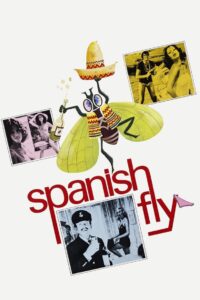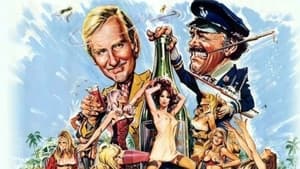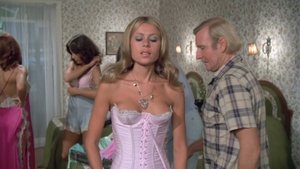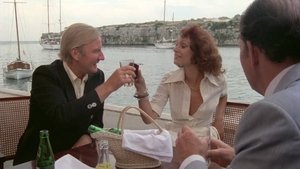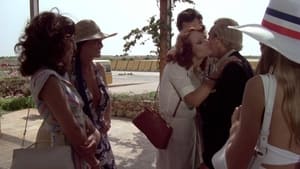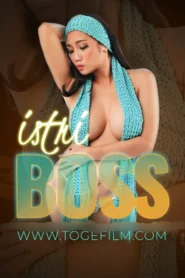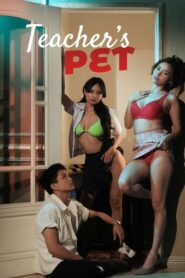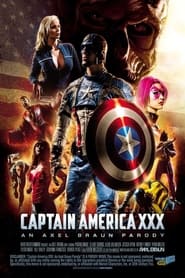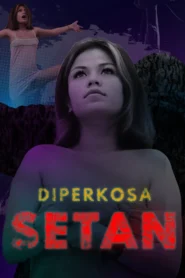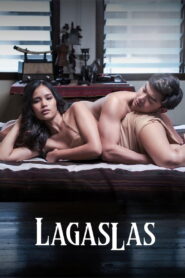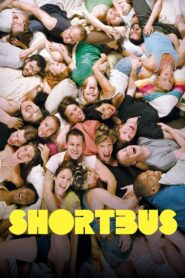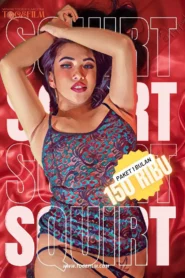Released in 1976, The Night of the Spanish Fly is a British comedy film with significant sexploitation elements, rather than a hardcore adult feature. It was directed by Peter Foldès, an accomplished animator who ventured into live-action filmmaking. The film taps into the tradition of British seaside postcard humor and bawdy comedy, popularised by the “Confessions of…” series and similar low-brow romps common in the UK during the 1970s. Its premise revolves around the legendary aphrodisiac, Spanish Fly, and the chaotic consequences that ensue when it inadvertently gets into the local water supply or is otherwise distributed among the inhabitants of a small town or community.
The plot typically follows a variety of characters whose libidos are suddenly and uncontrollably amplified by the aphrodisiac. This leads to a series of farcical situations, mistaken identities, attempted couplings, and general mayhem as characters shed their inhibitions, often with embarrassing or humorous results. Key figures might include frustrated husbands, neglected wives, lustful youths, and figures of authority like vicars or policemen who find themselves unexpectedly overcome by desire. The humor relies heavily on slapstick, double entendres, and the comedic spectacle of ordinary people behaving in sexually uninhibited ways. The cast included actors familiar from British television and comedy of the period, such as Terry-Thomas (in one of his later roles, although reports vary on the significance of his part) and Andrea Allan.
Unlike the more explicit hardcore films emerging from the US at the time, The Night of the Spanish Fly focuses more on suggestion, nudity (often brief or comedic), and simulated situations rather than graphic sexual acts. Its goal is primarily laughter mixed with titillation. The film reflects a specific type of British humor and filmmaking sensibility prevalent before the home video boom changed the landscape of adult entertainment. While not considered a classic of British comedy, it represents a particular niche of sexploitation filmmaking that aimed for mainstream audiences in cinemas seeking light-hearted, risqué entertainment. It’s a product of its time, capturing the blend of permissiveness and traditional comedic structures found in 1970s British cinema.


